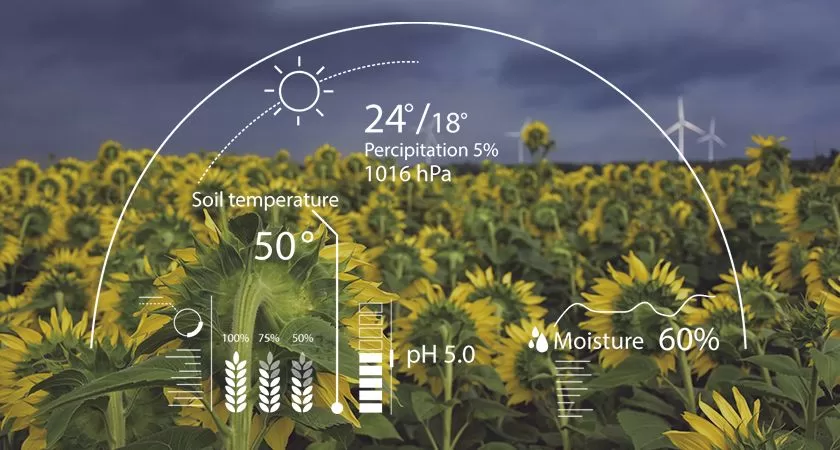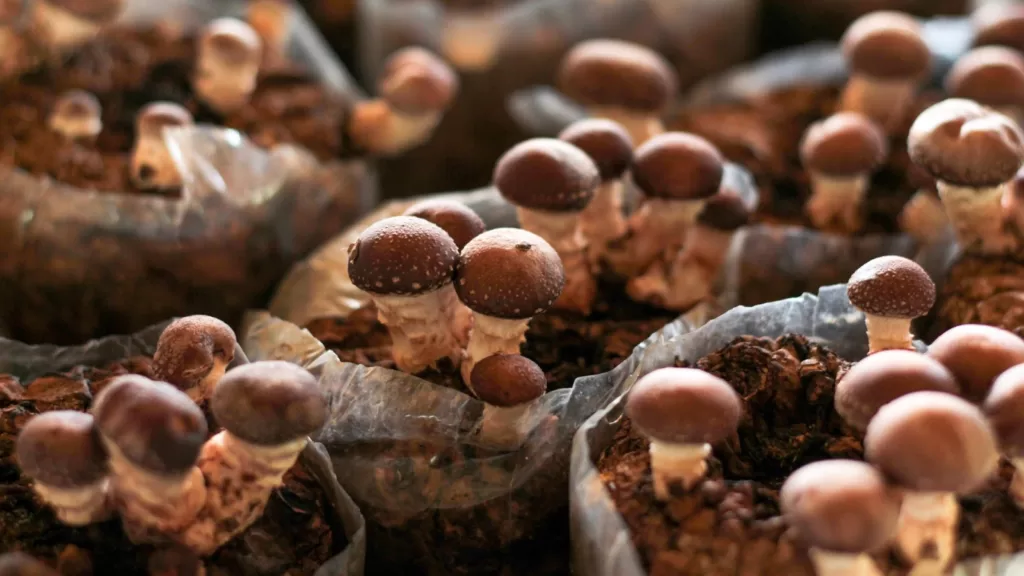A jade plant, also known as Crassula ovata, prefers bright, indirect sunlight and well-draining soil. It is best to place the jade plant near a sunny window, but not in direct sunlight as this can cause the leaves to burn. They can also tolerate low light conditions, but growth may be slower. Keep the soil evenly moist, but not waterlogged, and allow the top inch of soil to dry out before watering. They also prefer a slightly cooler temperature, around 60-70°F. Avoid placing them in drafty areas or near heating and cooling vents.
Table of Contents
Is Jade easy to grow?
Jade plants are relatively easy to grow and are considered to be low maintenance. They are tolerant of a wide range of growing conditions and are able to withstand some neglect. However, to keep them healthy, it is important to provide them with bright, indirect light, well-draining soil, and consistent moisture. They also prefer slightly cooler temperatures and can be sensitive to drafts or extreme heat. With proper care, jade plants can be long-lived and can grow quite large over time.

What makes a jade plant happy?
To keep a jade plant happy, it’s important to provide it with the following:
- Bright, indirect light: Jade plants prefer bright, indirect sunlight, but can tolerate low light conditions. Avoid placing them in direct sunlight, as this can cause the leaves to burn.
- Well-draining soil: Jade plants prefer well-draining soil that is kept evenly moist, but not waterlogged. Allow the top inch of soil to dry out before watering.
- Consistent moisture: Jade plants prefer consistent moisture, but do not like to be waterlogged. Overwatering can lead to root rot.
- Slightly cooler temperatures: Jade plants prefer slightly cooler temperatures, around 60-70°F. Avoid placing them in drafty areas or near heating and cooling vents.
- Good air circulation: Jade plants also prefer good air circulation, which can help prevent pests and diseases.
- Proper fertilization: Feeding jade plants with a balanced, slow-release fertilizer in the spring and summer months will help it thrive.
By providing these conditions, you can ensure your jade plant will be happy, healthy and continue to grow over time.
Do jade plants need big pots?
Jade plants do not necessarily need large pots, but they do prefer to be slightly pot-bound, meaning they prefer to be slightly root-bound in the pot they are in. It’s important to choose a pot that is not too big as it can retain too much moisture and lead to root rot. A pot that is slightly larger than the root ball is a good choice.
When repotting, it’s best to use a well-draining potting mix and be sure to not bury the stem of the plant too deep in the soil. Once you have potted, don’t water the jade plant for a few days so that the roots can heal.
It’s also good to know that jade plants are slow growers, so they won’t need repotting frequently. It’s usually recommended to repot them every 2-3 years or when the roots have outgrown the pot.

Does jade plant multiply?
Yes, jade plants can multiply through a process called propagation. The most common method of propagating jade plants is through stem cuttings. To propagate a jade plant through stem cuttings, you can take a stem cutting from an existing plant that is 4-6 inches long and has at least two or three leaves on it. Remove the lower leaves and let the cutting dry for a day or two to allow a callus to form. Then plant the cutting in well-draining soil, and keep it in a warm and bright spot but not in direct sunlight. Keep the soil moist but not waterlogged. After a few weeks, roots will form and new growth will appear. Once the new plant is established, you can then transfer it to a larger pot.
Another way to propagate jade plants is by leaf cutting. To do this, you can take a healthy leaf from the jade plant and place it in well-draining soil, making sure that the leaf is in contact with the soil. Keep the soil moist but not waterlogged, and after a few weeks, roots will form and new growth will appear.
Propagating jade plants is easy and a great way to increase your collection. It is also a great way to share with your friends and family!
Is coffee good for jade plants?
Coffee is not typically used as a fertilizer for jade plants. Jade plants prefer well-draining soil and consistent moisture, but they do not require excessive fertilization. They prefer to be slightly pot-bound, so they don’t need large amounts of nutrients. They can be fertilized in the spring and summer with a balanced, slow-release fertilizer.
It is not recommended to use coffee as a fertilizer for jade plants, as coffee grounds can make the soil too acidic and jade plants prefer a neutral to slightly acidic soil pH of around 6.0 to 7.0. In addition, coffee grounds can retain too much moisture and lead to root rot.
If you want to use coffee in your gardening, it is best to use it as a mulch, but not in direct contact with the roots of the jade plant. Also, you should make sure that the coffee is not too fresh as the acidity in coffee can burn the roots.
It’s always best to stick with recommended fertilizers for your jade plant, and make sure to follow the instructions on the package for the best results.
What do you feed a jade plant?
Jade plants do not require heavy fertilization, but they can benefit from occasional feeding with a balanced, slow-release fertilizer. The best time to fertilize jade plants is during the spring and summer months when they are actively growing.
A balanced, slow-release fertilizer that contains equal amounts of nitrogen, phosphorus, and potassium (such as a 10-10-10 or 20-20-20 fertilizer) can be used. You can also use a fertilizer specifically formulated for succulents or cacti.
It’s important to follow the package instructions for the fertilizer you are using, as the recommended dosage can vary depending on the brand and the size of the pot. It’s also good to be cautious not to over-fertilize, as too much fertilizer can burn the roots and cause damage to the plant.
It’s also important to make sure the soil is not dry when you apply the fertilizer as this can also cause damage. Water the plant well before and after applying fertilizer.
In addition, jade plants appreciate regular misting, especially during the winter months.
You can also use worm castings, compost and bone meal as organic fertilizers, just make sure to use them in small amounts, and mix them well with the soil to avoid burning the roots.
Do jade plants like direct sunlight?
Jade plants, also known as Crassula ovata, prefer bright, indirect sunlight. Direct sunlight can cause the leaves to burn and become yellow or brown. It’s best to place the jade plant near a sunny window where it can receive bright light but not be in direct sunlight for extended periods of time.
Jade plants are able to tolerate a wide range of light conditions, but they will grow best in bright, indirect light. If you do not have a location that receives bright, indirect light, you can also place them near a window that receives a few hours of direct sunlight in the morning or late afternoon.
They can also tolerate low light conditions, but growth may be slower, and the leaves may appear paler and smaller.
Keep in mind that jade plants also prefer consistent moisture, well-draining soil, and slightly cooler temperatures. By providing these conditions, you can ensure your jade plant will be happy, healthy, and continue to grow over time.






